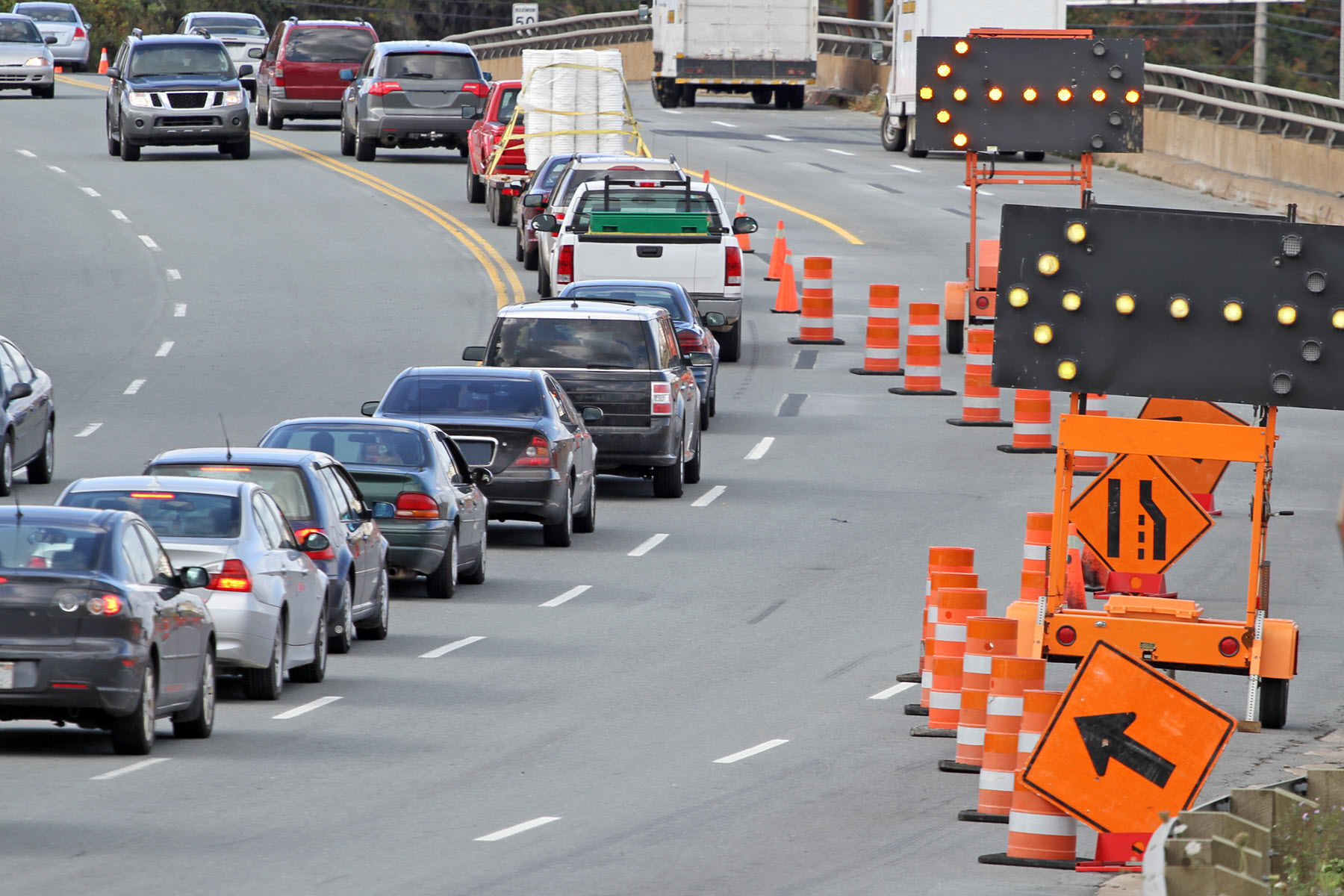How Do Traffic Engineers Determine Speed Limits?
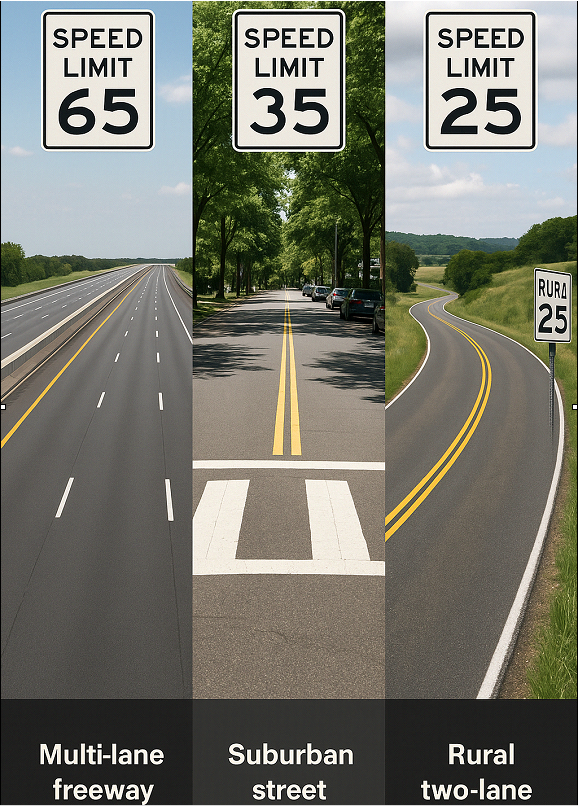
Factors Considered
Traffic engineers analyze several variables before deciding on a speed limit for a specific roadway. These factors help ensure that the selected limit aligns with real-world conditions and promotes safe travel.
Road Type & Conditions
The classification and design of a road influence the appropriate speed. Highways and freeways are built to accommodate higher speeds with controlled access and fewer intersections. Urban streets with frequent crosswalks, intersections, and driveways typically have lower limits. Engineers also assess pavement quality, shoulder width, curvature, grade, and visibility. Poor road conditions or limited sight distance often lead to reduced speed limits.
Traffic Volume
The number of vehicles using a roadway can affect how fast it is safe to travel. High traffic volumes often require lower speeds to allow smoother merging, lane changes, and stopping distances. On less congested roads, higher limits may be appropriate if other safety criteria are met. Engineers use traffic volume data collected over time to understand usage patterns and adjust limits accordingly.
Accident History
Collision records provide insight into how a road is functioning under existing conditions. If a particular segment has a high frequency of crashes, engineers may consider lowering the speed limit or implementing other safety measures. The type of crashes, such as rear-end collisions or pedestrian-related incidents, also helps identify risks associated with current speeds.
85th Percentile Speed Concept
A widely used method for setting speed limits is based on the 85th percentile speed. This is the speed at or below which 85 percent of vehicles travel under free-flow conditions. It reflects the behavior of most drivers, who tend to drive at speeds they consider safe. The idea is that the majority of drivers make reasonable decisions, and designing speed limits around their natural tendencies leads to better compliance and safety.
Methodologies
Traffic engineers apply structured processes to gather data and determine speed limits. These methods aim to ensure objective and data-driven outcomes.
Engineering Studies
Speed limits are typically established through formal engineering studies. These studies include data collection on current travel speeds, crash history, road geometry, land use, and visibility. The analysis may involve radar or sensor equipment to record actual driving speeds during non-peak periods. Engineers interpret the data and recommend a speed that reflects safe operation based on observed conditions and driver behavior. These engineering studies are part of broader traffic engineering methods used to enhance roadway safety and efficiency.
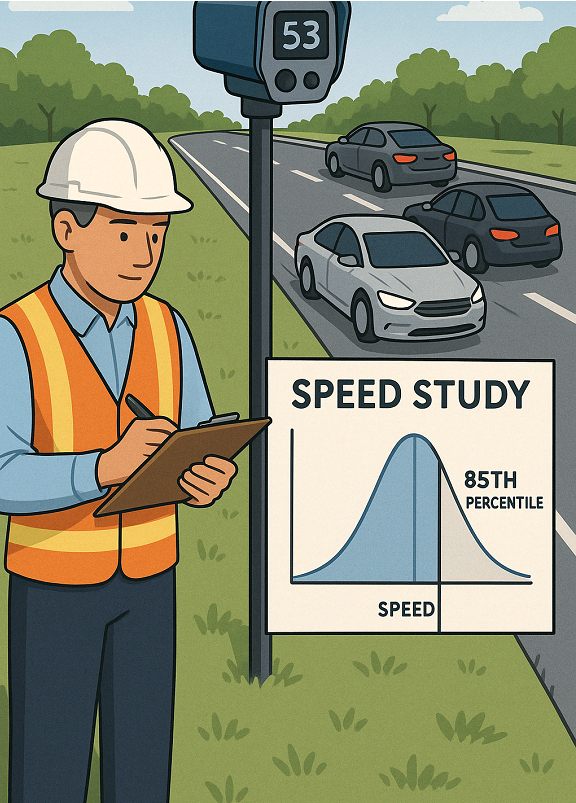

Community Input
Public feedback is sometimes incorporated into the decision-making process. Residents may express concerns about speeding, safety near schools, or pedestrian access. While community input alone does not determine speed limits, it can influence the scope of engineering studies or highlight areas that need further examination. Input from law enforcement, schools, and local officials may also be considered.
Regulatory Framework
Speed limit decisions must comply with state and local rules that govern how limits are established and enforced.
State & Local Guidelines
Each state has its own regulations that define the minimum and maximum allowable speed limits for various types of roads. These laws also outline when engineering studies are required and how speed zones should be posted. In many jurisdictions, local governments can adjust limits within a prescribed range if supported by traffic studies. State highway departments often oversee speed limits on major roads and interstates.
Traffic signage plays a crucial role in communicating these limits and regulations to drivers. While regulatory and warning signs are commonly used for speed control, it’s also important to understand the purpose of guide signs, which help drivers navigate roadways efficiently by providing directional and location information.
Changes to speed limits must be documented and justified through proper procedures. Posting a speed limit without following regulatory steps may result in unenforceable signage or legal challenges.
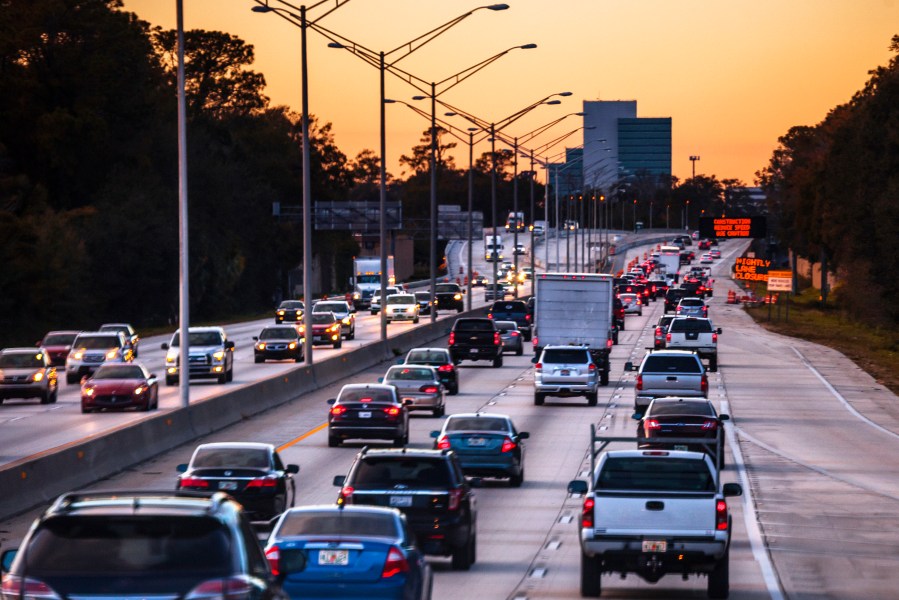
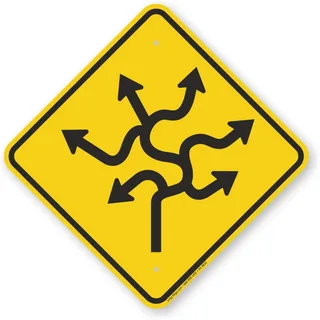
Debates on the 85th Percentile Method
The 85th percentile approach has been used for decades, but it is not without criticism. Some traffic safety advocates argue that it may lead to speed limits that are too high for conditions, especially in areas with vulnerable road users like pedestrians and cyclists. Critics also point out that this method is based solely on driver behavior, not necessarily on safety thresholds or public health considerations.
Others maintain that the 85th percentile method provides a balance between safety and practicality. They argue that limits set much lower than the natural flow of traffic often result in poor compliance and increased speed variation, which can contribute to accidents.
New approaches to speed setting may combine percentile-based analysis with other metrics such as crash rates, pedestrian activity, and surrounding land use. Some agencies are adopting context-sensitive methods that consider the broader environment in addition to speed data.
Impact of Speed Limits on Traffic Flow and Safety
Speed limits affect both how efficiently traffic moves and how safe roadways are. Limits that are too low can lead to driver frustration, aggressive behavior, and higher levels of lane changing. Limits that are too high may reduce reaction times and increase the severity of crashes.
Consistent and well-reasoned speed limits help harmonize traffic flow. When most vehicles travel at similar speeds, there is less need for overtaking, which reduces conflicts between vehicles. Appropriate limits also support the effectiveness of traffic enforcement and encourage compliance.
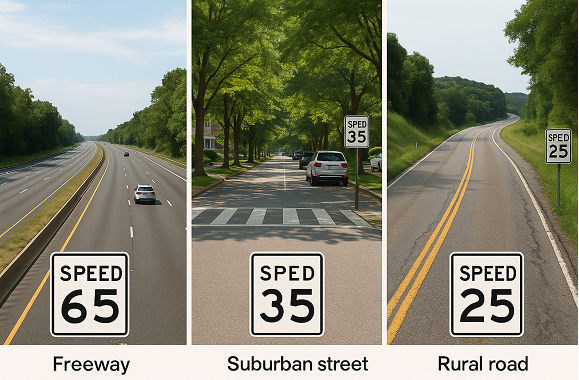

In areas with high pedestrian or cyclist activity, lower speed limits can reduce injury severity and create a safer environment for all users. Speed management is therefore not only about vehicle movement but also about protecting all types of road users.
Conclusion
Traffic engineers determine speed limits by analyzing road conditions, traffic volumes, crash histories, and driver behavior. They often use the 85th percentile speed as a benchmark, supported by engineering studies and community input. Speed limit decisions must follow legal frameworks set by state and local authorities.
While the 85th percentile method remains a central tool, debates continue about its limitations and the need for more comprehensive approaches. Speed limits influence both safety and traffic efficiency, making it essential to apply data-driven, context-aware methods in their determination.

